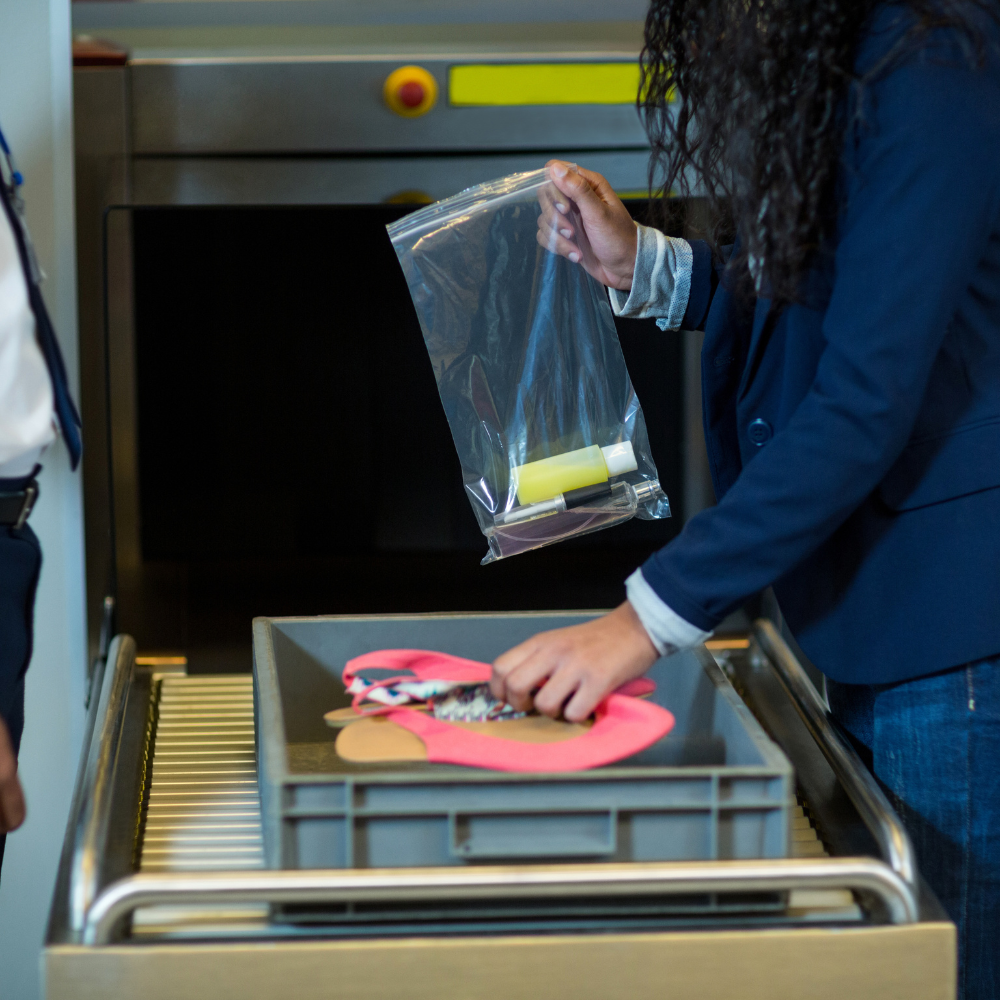 Automobile manufacturers are taking diverse routes towards environmentally friendly mobility, with domestic companies like Tata Motors and Mahindra betting on electric cars and Japanese giants like Toyota, Honda, and Suzuki looking at hybrids as a bridge to the destination.
For the upcoming several years, Tata Motors and Mahindra & Mahindra have lined up significant resources to operate numerous BEVs.Hyundai, Kia, and MG Motor have also released battery-powered vehicles on the market. On the other hand, the biggest automaker in the nation, Maruti Suzuki, won't introduce its first electric car until 2025.
In addition, hybrid cars from Toyota and Honda have been released in the nation. In an interview with PTI, Shailesh Chandra, managing director of Tata Motors Passenger Vehicles, said that electric vehicles were the future and that the company's drive towards the sector was motivated by its enthusiasm for a greener and brighter tomorrow.
Hybrid, on the other hand, is a short-lived technology because it is primarily utilized to comply with CAFE (Corporate Average Fuel Economy) rules, he continued.
The manufacturer, according to Chandra, is concentrating on technology that will not only help it achieve the CAFE requirement but also position it to be a leader in zero-emission technologies that will be self-sustaining in the years to come.
Similar to other observers, Mahindra & Mahindra President Automotive Division Veejay Nakra stated that the government's unambiguous stance about its EV-specific programs enables the company to directly advance into the world of battery electric vehicles.
The Mumbai-based company intends to introduce five new electric sports utility vehicles (SUVs) for both domestic and foreign markets; the first four are scheduled for sale between 2024 and 2026.
According to Maruti Suzuki India, the amount of carbon dioxide reduced overall by a particular technological option depends on the number of cars in which that technology can be scaled up and the amount of carbon dioxide reduced in each car.
According to Vikram Gulati, executive vice president of Toyota Kirloskar Motor, the expense of BEVs relative to ICEs and charging-related problems are the biggest obstacles to EV adoption globally.
While BEVs are gaining ground quickly in the two- and three-wheeler markets, Gulati added that four-wheelers continue to present a difficulty.
"In this perspective, it is essential to phase out gasoline and diesel vehicles as soon as possible in favor of any electric vehicle technologies, and technology is merely an enabler in this process. The SHEV can travel 40% of the distance and 60% of the time in pure EV mode, contributing to a 50% reduction in fossil fuel consumption "He stated.
Murata stated that customers have responded positively to the City e: HEV sedan, which now accounts for more than 8% of all City sales in Japan.
This boosts our confidence, and we're willing to expand our product selection in response to Indian consumers' needs, he continued.
The primary distinction between hybrid and electric vehicles is that the former derives some of its power from a traditional internal combustion engine coupled with an electric motor.
On the other hand, a pure electric car produces no emissions and gets all of its power from a battery.
Automobile manufacturers are taking diverse routes towards environmentally friendly mobility, with domestic companies like Tata Motors and Mahindra betting on electric cars and Japanese giants like Toyota, Honda, and Suzuki looking at hybrids as a bridge to the destination.
For the upcoming several years, Tata Motors and Mahindra & Mahindra have lined up significant resources to operate numerous BEVs.Hyundai, Kia, and MG Motor have also released battery-powered vehicles on the market. On the other hand, the biggest automaker in the nation, Maruti Suzuki, won't introduce its first electric car until 2025.
In addition, hybrid cars from Toyota and Honda have been released in the nation. In an interview with PTI, Shailesh Chandra, managing director of Tata Motors Passenger Vehicles, said that electric vehicles were the future and that the company's drive towards the sector was motivated by its enthusiasm for a greener and brighter tomorrow.
Hybrid, on the other hand, is a short-lived technology because it is primarily utilized to comply with CAFE (Corporate Average Fuel Economy) rules, he continued.
The manufacturer, according to Chandra, is concentrating on technology that will not only help it achieve the CAFE requirement but also position it to be a leader in zero-emission technologies that will be self-sustaining in the years to come.
Similar to other observers, Mahindra & Mahindra President Automotive Division Veejay Nakra stated that the government's unambiguous stance about its EV-specific programs enables the company to directly advance into the world of battery electric vehicles.
The Mumbai-based company intends to introduce five new electric sports utility vehicles (SUVs) for both domestic and foreign markets; the first four are scheduled for sale between 2024 and 2026.
According to Maruti Suzuki India, the amount of carbon dioxide reduced overall by a particular technological option depends on the number of cars in which that technology can be scaled up and the amount of carbon dioxide reduced in each car.
According to Vikram Gulati, executive vice president of Toyota Kirloskar Motor, the expense of BEVs relative to ICEs and charging-related problems are the biggest obstacles to EV adoption globally.
While BEVs are gaining ground quickly in the two- and three-wheeler markets, Gulati added that four-wheelers continue to present a difficulty.
"In this perspective, it is essential to phase out gasoline and diesel vehicles as soon as possible in favor of any electric vehicle technologies, and technology is merely an enabler in this process. The SHEV can travel 40% of the distance and 60% of the time in pure EV mode, contributing to a 50% reduction in fossil fuel consumption "He stated.
Murata stated that customers have responded positively to the City e: HEV sedan, which now accounts for more than 8% of all City sales in Japan.
This boosts our confidence, and we're willing to expand our product selection in response to Indian consumers' needs, he continued.
The primary distinction between hybrid and electric vehicles is that the former derives some of its power from a traditional internal combustion engine coupled with an electric motor.
On the other hand, a pure electric car produces no emissions and gets all of its power from a battery.  Automobile manufacturers are taking diverse routes towards environmentally friendly mobility, with domestic companies like Tata Motors and Mahindra betting on electric cars and Japanese giants like Toyota, Honda, and Suzuki looking at hybrids as a bridge to the destination.
For the upcoming several years, Tata Motors and Mahindra & Mahindra have lined up significant resources to operate numerous BEVs.Hyundai, Kia, and MG Motor have also released battery-powered vehicles on the market. On the other hand, the biggest automaker in the nation, Maruti Suzuki, won't introduce its first electric car until 2025.
In addition, hybrid cars from Toyota and Honda have been released in the nation. In an interview with PTI, Shailesh Chandra, managing director of Tata Motors Passenger Vehicles, said that electric vehicles were the future and that the company's drive towards the sector was motivated by its enthusiasm for a greener and brighter tomorrow.
Hybrid, on the other hand, is a short-lived technology because it is primarily utilized to comply with CAFE (Corporate Average Fuel Economy) rules, he continued.
The manufacturer, according to Chandra, is concentrating on technology that will not only help it achieve the CAFE requirement but also position it to be a leader in zero-emission technologies that will be self-sustaining in the years to come.
Similar to other observers, Mahindra & Mahindra President Automotive Division Veejay Nakra stated that the government's unambiguous stance about its EV-specific programs enables the company to directly advance into the world of battery electric vehicles.
The Mumbai-based company intends to introduce five new electric sports utility vehicles (SUVs) for both domestic and foreign markets; the first four are scheduled for sale between 2024 and 2026.
According to Maruti Suzuki India, the amount of carbon dioxide reduced overall by a particular technological option depends on the number of cars in which that technology can be scaled up and the amount of carbon dioxide reduced in each car.
According to Vikram Gulati, executive vice president of Toyota Kirloskar Motor, the expense of BEVs relative to ICEs and charging-related problems are the biggest obstacles to EV adoption globally.
While BEVs are gaining ground quickly in the two- and three-wheeler markets, Gulati added that four-wheelers continue to present a difficulty.
"In this perspective, it is essential to phase out gasoline and diesel vehicles as soon as possible in favor of any electric vehicle technologies, and technology is merely an enabler in this process. The SHEV can travel 40% of the distance and 60% of the time in pure EV mode, contributing to a 50% reduction in fossil fuel consumption "He stated.
Murata stated that customers have responded positively to the City e: HEV sedan, which now accounts for more than 8% of all City sales in Japan.
This boosts our confidence, and we're willing to expand our product selection in response to Indian consumers' needs, he continued.
The primary distinction between hybrid and electric vehicles is that the former derives some of its power from a traditional internal combustion engine coupled with an electric motor.
On the other hand, a pure electric car produces no emissions and gets all of its power from a battery.
Automobile manufacturers are taking diverse routes towards environmentally friendly mobility, with domestic companies like Tata Motors and Mahindra betting on electric cars and Japanese giants like Toyota, Honda, and Suzuki looking at hybrids as a bridge to the destination.
For the upcoming several years, Tata Motors and Mahindra & Mahindra have lined up significant resources to operate numerous BEVs.Hyundai, Kia, and MG Motor have also released battery-powered vehicles on the market. On the other hand, the biggest automaker in the nation, Maruti Suzuki, won't introduce its first electric car until 2025.
In addition, hybrid cars from Toyota and Honda have been released in the nation. In an interview with PTI, Shailesh Chandra, managing director of Tata Motors Passenger Vehicles, said that electric vehicles were the future and that the company's drive towards the sector was motivated by its enthusiasm for a greener and brighter tomorrow.
Hybrid, on the other hand, is a short-lived technology because it is primarily utilized to comply with CAFE (Corporate Average Fuel Economy) rules, he continued.
The manufacturer, according to Chandra, is concentrating on technology that will not only help it achieve the CAFE requirement but also position it to be a leader in zero-emission technologies that will be self-sustaining in the years to come.
Similar to other observers, Mahindra & Mahindra President Automotive Division Veejay Nakra stated that the government's unambiguous stance about its EV-specific programs enables the company to directly advance into the world of battery electric vehicles.
The Mumbai-based company intends to introduce five new electric sports utility vehicles (SUVs) for both domestic and foreign markets; the first four are scheduled for sale between 2024 and 2026.
According to Maruti Suzuki India, the amount of carbon dioxide reduced overall by a particular technological option depends on the number of cars in which that technology can be scaled up and the amount of carbon dioxide reduced in each car.
According to Vikram Gulati, executive vice president of Toyota Kirloskar Motor, the expense of BEVs relative to ICEs and charging-related problems are the biggest obstacles to EV adoption globally.
While BEVs are gaining ground quickly in the two- and three-wheeler markets, Gulati added that four-wheelers continue to present a difficulty.
"In this perspective, it is essential to phase out gasoline and diesel vehicles as soon as possible in favor of any electric vehicle technologies, and technology is merely an enabler in this process. The SHEV can travel 40% of the distance and 60% of the time in pure EV mode, contributing to a 50% reduction in fossil fuel consumption "He stated.
Murata stated that customers have responded positively to the City e: HEV sedan, which now accounts for more than 8% of all City sales in Japan.
This boosts our confidence, and we're willing to expand our product selection in response to Indian consumers' needs, he continued.
The primary distinction between hybrid and electric vehicles is that the former derives some of its power from a traditional internal combustion engine coupled with an electric motor.
On the other hand, a pure electric car produces no emissions and gets all of its power from a battery. 


